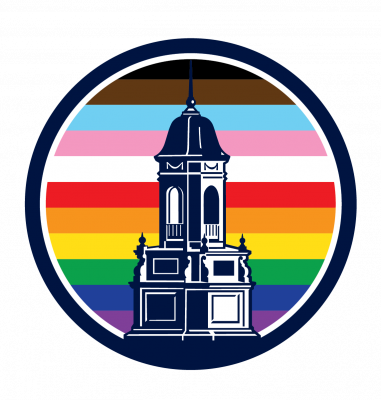Today’s blog post describes Dr. Debapriya Sarkar’s research trip to the Folger Shakespeare Library
Thanks to the support of the Early Modern Studies Working Group, I was able to return to the Folger for a short trip in Fall 2019 before the library closed for renovation. I am in the early stages of research on a new project on terraqueous spaces—islands, shores, riverbanks—in early modern romance, and I wanted to consult some maps at the Folger that would enable me to think further about how these spaces functioned across different representational media. The project asks how the liminal spaces that demarcate the boundaries between land and water not only provide physical relief from the maritime dangers, but also serve as symbolic escapes from nature’s unpredictable forces. Before going to the Folger, I had been tracking how the instabilities of the romance form provided writers with an ideal literary mode within which to use these thresholds—between inland and ocean, between calm and chaos, and even between life and death—to inquire about the struggles of humans to understand, control, and manipulate their natural surroundings. While I had consulted images available on LUNA, I hoped to study a few of the atlases in greater detail at the library. At the Folger, I decided to begin by looking at the physical copies of some of the same texts I had studied online, since I hope—as the project develops—to think more about how the maps were compiled and ordered, and if such organization follows other logics of collection and compilation prevalent in the period. During my visit, I focused on English translations and abridgments, but I plan to expand my archive in future archival trips.
Here, I want to highlight how the descriptions of islands in early modern atlases often become repositories of the complex entanglements of physical, socio-political, and environmental issues with which thinkers were grappling. In a 1603 copy of Ortelius’s Theatrum Orbis Terrarum (STC 18856)—considered to be the first modern atlas—the dangers of an island’s coast are often mitigated by appealing to the ideality of its landscape, suggesting that the coast marks a limit-point for one’s experience of safety and precarity. For instance, describing the island of Tercera, the text notes that even though the “Ile is hillie, but yet very pleasant, braring greate stoore of ceader trees,” getting there is difficult: “the coasts are daungerous by reason of the flatts and shaloes.” In another example from this same edition, we see that the value ascribed to the land is inseparable from stereotypes about its inhabitants—describing the island of Sardegna in the Mediterranean, the text appeals to the “slouthfullnesse of the people” to explain why the island “yeelds no oile.” A 1635 copy of Historia mundi: or Mercator’s atlas (STC 17824) states that in the Molucco islands of the East-Indies, “The Ayre is very unwholesome, and many Merchants that come to trade, doe die here.” This is not a simple statement of fact about natural conditions; instead, it uses physical otherness of the island to depict the anxiety of the Europeans whose colonizing ambitions demanded they familiarize themselves with distant places for profitable ventures such as the trade of spices. This edition of Historia mundi also gives a detailed description of the Summer Islands, or the Bermudas, that highlights why literary scholars consider this territory a key intertext for Shakespeare’s late romance, The Tempest. Historia Mundi’s descriptions of the Summer Islands’s “stormes and tempests” offer a clear indication of why this space—different in climate and distant in location—captured the English imaginary, even as travelers attempted to domesticate a particularly intractable foreign environment. These examples offer a glimpse of the myriad issues these atlases invoke that can help us think about connecting scholarship on colonial encounters, environmental humanities, material texts, and related topics. For literary scholars, the atlases also offer a distinctly multimodal entry point into the question of how the simultaneously contained and unknowable terrain of the island was rich for exploitation by romance writers who were testing the boundaries of self and other, known and unknown, in their formal experimentations.


